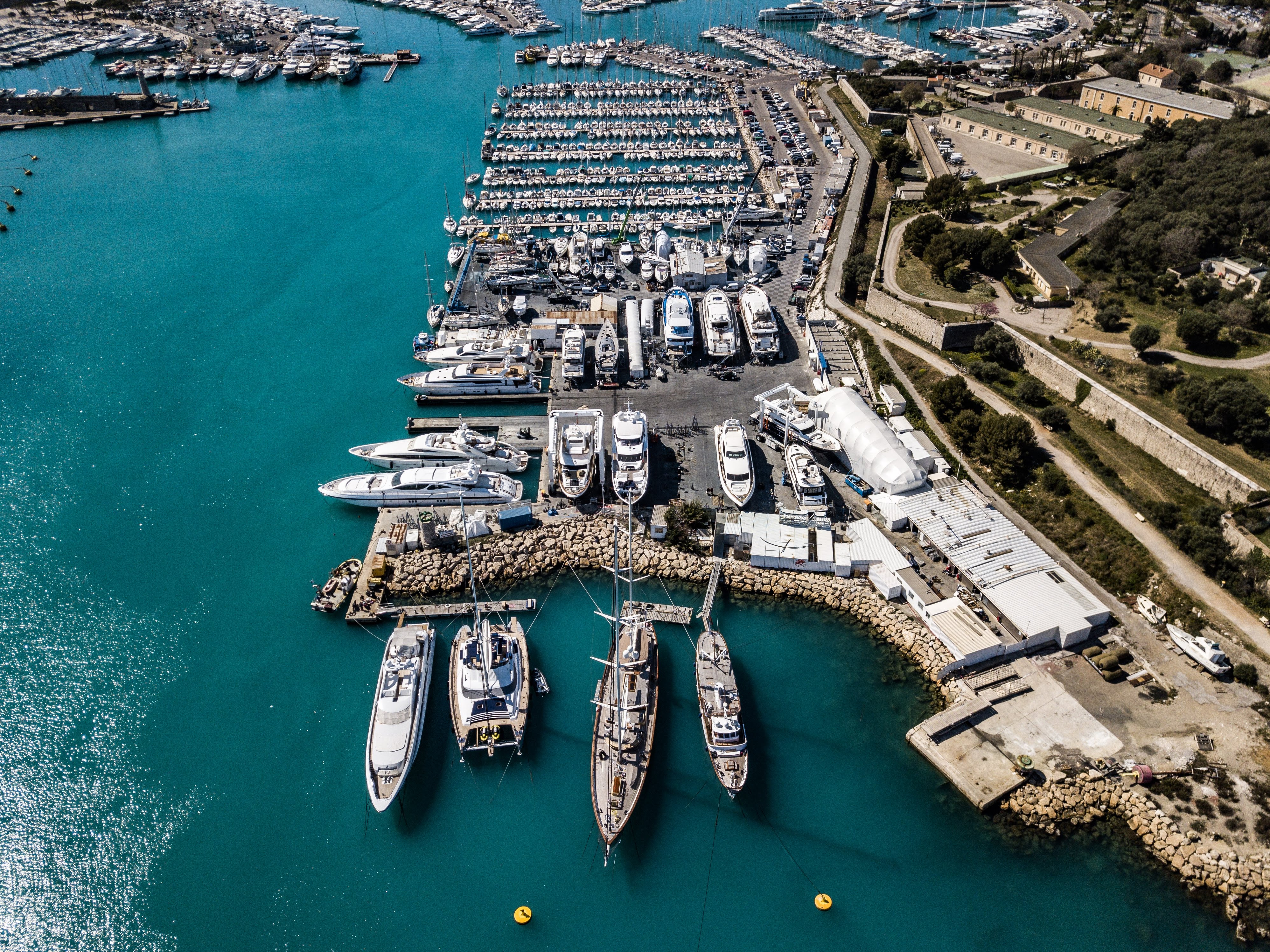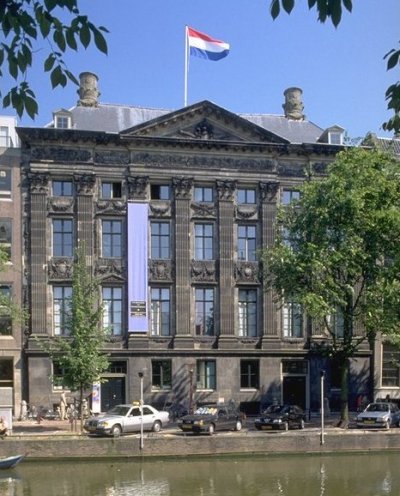|
Makkum, Súdwest-Fryslân
Makkum is a village of Súdwest-Fryslân municipality, west of Bolsward on the banks of the lake IJsselmeer in the province Friesland of the Netherlands. It had a population of around 3,460 in January 2017, - CBS Statline making it the largest village of the former municipally . North and south of Makkum are nature reserves Noardwaard and Súdwaard. Belonging to Makkum is the hamlet Ingwier. Historically Makkum is a fishing village. In the 20th century it started receiving tourists. Hist ...
|
Weigh House
A weighhouse or weighing house is a public building at or within which goods are weighed. Most of these buildings were built before 1800, prior to the establishment of international standards for weights, and were often a large and representative structures, situated near the market square, town hall, and prominent sacred buildings in town centre. As public control of the weight of goods was very important, they were run by local authorities who would also use them for the levying of taxes on goods transported through or sold within the city. Throughout most of Europe, this building was a multifunctional trade hall and would contain diverse functions related to trade and commerce. There is a big variety among their physical organization and the external appearance due to the fundamentally different political and economic conditions that existed throughout Europe. History The weighhouse had two functions: to determine the weight of a given item in addition to levying and colle ... [...More Info...] [...Related Items...] OR: [Wikipedia] [Google] [Baidu] |
Wûnseradiel
Wûnseradiel () is a former Municipalities of the Netherlands, municipality in the Friesland province of the northern Netherlands, at the eastern end of the ''Afsluitdijk''. The official (legal) name of the municipality is in the West Frisian language, though it is known as Wonseradeel () in Dutch. In 2011 it was merged with the municipalities of Bolsward, Nijefurd, Sneek and Wymbritseradiel forming the new municipality Súdwest-Fryslân.http://www.fusiesudwestfryslan.nl/ (dutch website from the municipality, stating: "Bolsward, Nijefurd, Sneek, Wûnseradiel and Wymbritseradiel are merged since 1 January 2011".) Towns and villages Allingawier, Arum, Friesland, Arum, Burgwerd, Cornwerd, Dedgum, Exmorra, Ferwoude, Gaast, Hartwerd, Hichtum, Hieslum, Idsegahuizum, Kimswerd, Kornwerderzand, Lollum, Longerhouw, Makkum, Wûnseradiel, Makkum, Parrega, Piaam, Pingjum, Schettens, Schraard, Tjerkwerd, Witmarsum (Friesland), Witmarsum, Wons, Zurich (Friesland), Zurich. Hamlets Arkum (Sú ... [...More Info...] [...Related Items...] OR: [Wikipedia] [Google] [Baidu] |
Royal Tichelaar Makkum
Royal Tichelaar Makkum is a Dutch pottery company in Makkum, Wûnseradiel, Makkum. After initially producing bricks and later pottery and tiles, the company has focused on traditional decorative pottery since 1890. As the company in Makkum has always made ceramics, Royal Tichelaar Makkum is regarded as one of the oldest companies in the Netherlands. The ''Royal Tichelaar Makkum'' has always specialized in stoneware and earthernware, and started making porcelain from 1999. The first Dutch porcelain dates to 1759, with the advent of Bertrand Philip, Count of Gronsveld, Weesp porcelain. History In 1960, the company received the designation ''Koninklijk'' (Royal), on the occasion of its 300th anniversary. Later research showed that the company had been active even earlier and it celebrated its 400th anniversary in 1994, on the basis of the results of historical research. In 2007, documentation was discovered showing that the company was already active in 1572, as a Spain, Spanish map ... [...More Info...] [...Related Items...] OR: [Wikipedia] [Google] [Baidu] |
Weigh House
A weighhouse or weighing house is a public building at or within which goods are weighed. Most of these buildings were built before 1800, prior to the establishment of international standards for weights, and were often a large and representative structures, situated near the market square, town hall, and prominent sacred buildings in town centre. As public control of the weight of goods was very important, they were run by local authorities who would also use them for the levying of taxes on goods transported through or sold within the city. Throughout most of Europe, this building was a multifunctional trade hall and would contain diverse functions related to trade and commerce. There is a big variety among their physical organization and the external appearance due to the fundamentally different political and economic conditions that existed throughout Europe. History The weighhouse had two functions: to determine the weight of a given item in addition to levying and colle ... [...More Info...] [...Related Items...] OR: [Wikipedia] [Google] [Baidu] |
Lock (water Transport)
A lock is a device used for raising and lowering boats, ships and other watercraft between stretches of water of different levels on river and canal waterways. The distinguishing feature of a lock is a chamber in a permanently fixed position in which the water level can be varied. (In a caisson lock, a boat lift, or on a canal inclined plane, it is the chamber itself (usually then called a caisson (engineering), caisson) that rises and falls.) Locks are used to make a river more easily navigable, or to allow a canal to cross land that is not level. Over time, more and larger locks have been used in canals to allow a more direct route to be taken. History Ancient Egypt In Ancient Egypt, the river-locks was probably part of the Canal of the Pharaohs: Ptolemy II is credited by some for being the first to solve the problem of keeping the Nile free of salt water when his engineers invented the lock around 274/273 BC. Ancient China During 960–1279 CE, the natural extension o ... [...More Info...] [...Related Items...] OR: [Wikipedia] [Google] [Baidu] |
Pottery
Pottery is the process and the products of forming vessels and other objects with clay and other raw materials, which are fired at high temperatures to give them a hard and durable form. The place where such wares are made by a ''potter'' is also called a ''pottery'' (plural ''potteries''). The definition of ''pottery'', used by the ASTM International, is "all fired ceramic wares that contain clay when formed, except technical, structural, and refractory products". End applications include tableware, ceramic art, decorative ware, toilet, sanitary ware, and in technology and industry such as Insulator (electricity), electrical insulators and laboratory ware. In art history and archaeology, especially of ancient and prehistoric periods, pottery often means only vessels, and sculpture, sculpted figurines of the same material are called terracottas. Pottery is one of the Timeline of historic inventions, oldest human inventions, originating before the Neolithic, Neolithic period, w ... [...More Info...] [...Related Items...] OR: [Wikipedia] [Google] [Baidu] |
Shipyards
A shipyard, also called a dockyard or boatyard, is a place where ships are built and repaired. These can be yachts, military vessels, cruise liners or other cargo or passenger ships. Compared to shipyards, which are sometimes more involved with original construction, dockyards are sometimes more linked with maintenance and basing activities. The terms are routinely used interchangeably, in part because the evolution of dockyards and shipyards has often caused them to change or merge roles. Countries with large shipbuilding industries include Australia, Brazil, China, Croatia, Denmark, Finland, France, Germany, India, Ireland, Italy, Japan, the Netherlands, Norway, the Philippines, Poland, Romania, Russia, Singapore, South Korea, Sweden, Taiwan, Turkey, the United Arab Emirates, Ukraine, the United Kingdom, the United States and Vietnam. The shipbuilding industry is more fragmented in Europe than in Asia where countries tend to have fewer, larger companies. Many naval vessel ... [...More Info...] [...Related Items...] OR: [Wikipedia] [Google] [Baidu] |
Lime Kilns
A lime kiln is a kiln used for the calcination of limestone (calcium carbonate) to produce the form of lime (material), lime called ''quicklime'' (calcium oxide). The chemical equation for this chemical reaction, reaction is: Calcium carbonate, CaCO3 + heat → Calcium oxide, CaO + Carbon dioxide, CO2 This reaction can take place at anywhere above , but is generally considered to occur at (at which temperature the partial pressure of CO2 is 1 atmosphere (unit), atmosphere), but a temperature around (at which temperature the partial pressure of CO2 is 3.8 atmospheres) is usually used to make the reaction proceed quickly.Parkes, G.D. and Mellor, J.W. (1939). ''Mellor's Modern Inorganic Chemistry'' London: Longmans, Green and Co. Excessive temperature is avoided because it produces unreactive, "dead-burned" lime. Slaked lime (calcium hydroxide) can be formed by mixing quicklime with water. History Pre-pottery Neolithic In plaster, proto-pottery, and mortar Because it ... [...More Info...] [...Related Items...] OR: [Wikipedia] [Google] [Baidu] |
Dutch Golden Age
The Dutch Golden Age ( ) was a period in the history of the Netherlands which roughly lasted from 1588, when the Dutch Republic was established, to 1672, when the '' Rampjaar'' occurred. During this period, Dutch trade, scientific developments, art and overseas colonisation was among the most prominent in Europe. The first half of the period spanned from the beginning of the Eighty Years' War until its conclusion in 1648, with the second half lasting until the outbreak of the Franco-Dutch War. During the period, Dutch colonialists, many of them affiliated with the East India Company and West India Company, established trading posts and colonies in the Americas, Southern Africa and Asia, protected by the powerful Dutch States Navy. The Dutch also dominated the triangular trade and Atlantic slave trade during this period. Dutch culture flourished during this period as well. However, by the end of the 17th century, conflicts with neighbouring powers as well as declining eco ... [...More Info...] [...Related Items...] OR: [Wikipedia] [Google] [Baidu] |
Zuiderzee
The Zuiderzee or Zuider Zee (; old spelling ''Zuyderzee'' or ''Zuyder Zee''), historically called Lake Almere and Lake Flevo, was a shallow bay of the North Sea in the northwest of the Netherlands. It extended about 100 km (60 miles) inland and at most 50 km (30 miles) wide, with an overall depth of about 4 to 5 metres (13–16 feet) and a coastline of about 300 km (200 miles). It covered . Its name is Dutch for "southern sea", indicating that the name originates in Friesland, to the north of the Zuiderzee (cf. North Sea). In the 20th century the majority of the Zuiderzee was closed off from the North Sea by the construction of the Afsluitdijk, leaving the mouth of the inlet to become part of the Wadden Sea. The salt water inlet changed into a fresh water lake now called the IJsselmeer (IJssel Lake) after the river that drains into it, and by means of drainage and polders, an area of some was reclaimed as land. This land eventually became the province of F ... [...More Info...] [...Related Items...] OR: [Wikipedia] [Google] [Baidu] |
Artificial Dwelling Hill
A ''terp'', also known as a ''wierde, woerd, warf, warft, werf, werve, wurt'' or ''værft'', is an artificial dwelling mound found on the North European Plain that has been created to provide safe ground during storm surges, high tides and sea or river flooding. The various terms used reflect the regional dialects of the North European region. These mounds occur in the coastal parts of the Netherlands (in the provinces of Zeeland, Friesland and Groningen), in southern parts of Denmark and in the north-western parts of Germany where, before dykes were made, floodwater interfered with daily life. These can be found especially in the region Ostfriesland and Kreis Nordfriesland in Germany. In Kreis Nordfriesland on the Halligen, people still live on terps unprotected by dykes. Terps also occur in the Rhine and Meuse river plains in the central part of the Netherlands. Furthermore, terps can be found more to the south in the province North Holland, like Avendorp near the to ... [...More Info...] [...Related Items...] OR: [Wikipedia] [Google] [Baidu] |








